- Home
- slideshows
- miscellaneous
- 12 products and features hyped up by Apple that totally bombed
12 products and features hyped up by Apple that totally bombed
Ping was meant to be the next big social network, but it was a little off-key.

3D Touch was billed as revolutionizing how we interact with our iPhones, but many people didn't know it was a thing.
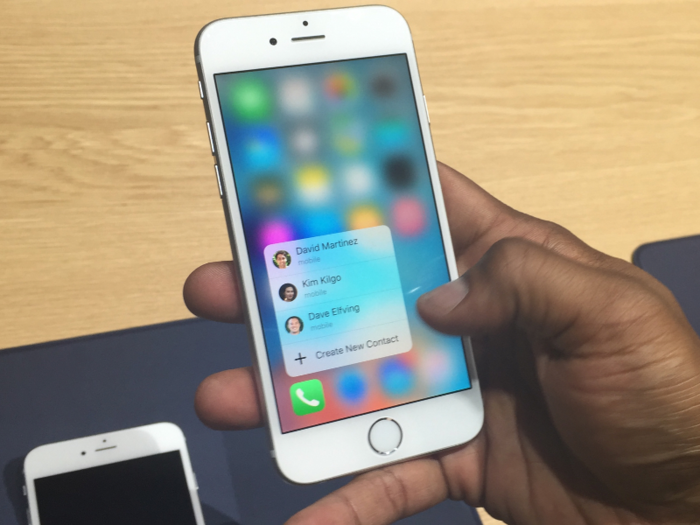
"Apps and games will never feel the same again," Apple's 2015 announcement of 3D Touch claimed.
The feature, which used pressure-sensitive screen technology and software to differentiate between a tap and a more deliberate press or hold, was positioned as the future of navigating an iPhone via touch.
But years later, Apple discontinued the feature in its newest lineup of iPhones, replacing it with a less technologically complex feature called Haptic Touch.
The biggest sign 3D Touch wasn't a hit? Many people never knew it existed in the first place, and most probably won't notice the recent change.
The AirPower wireless charging mat was meant to be the future of charging, but it lacked juice.
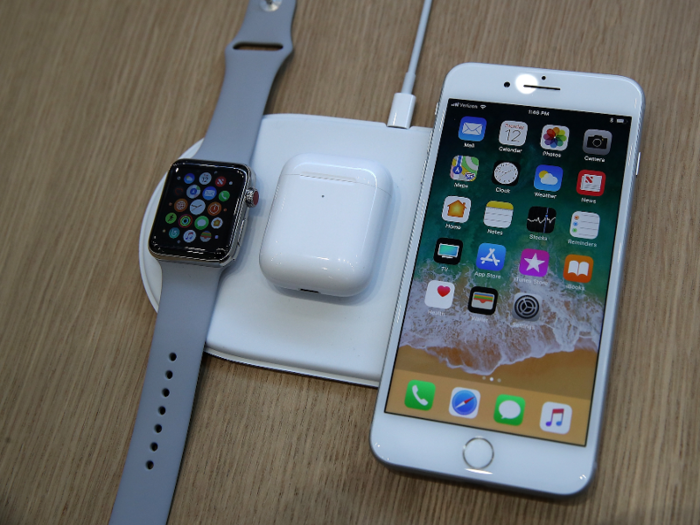
In 2017, Apple highlighted three new products among their launch announcements: the iPhone 8, the iPhone X, and the AirPower pad. As a group, the three products were supposed to herald the future — no more cables, no more plugs, just place it and charge it. The pad was billed as a way to wirelessly charge multiple devices simultaneously. Users wouldn't even have to worry about where the device was placed on the mat to charge. The promise was too good to be true.
Just a year after the initial announcement, the AirPower wireless charging mat was meant to land in 2018, but the release window passed without any word from Apple. Six months after the original release window, Apple made an unprecedented move and cancelled the AirPower charging mat — the first time the company cancelled hardware after publicly announcing it.
Animoji were meant to transform messaging, but they only transformed users’ faces.
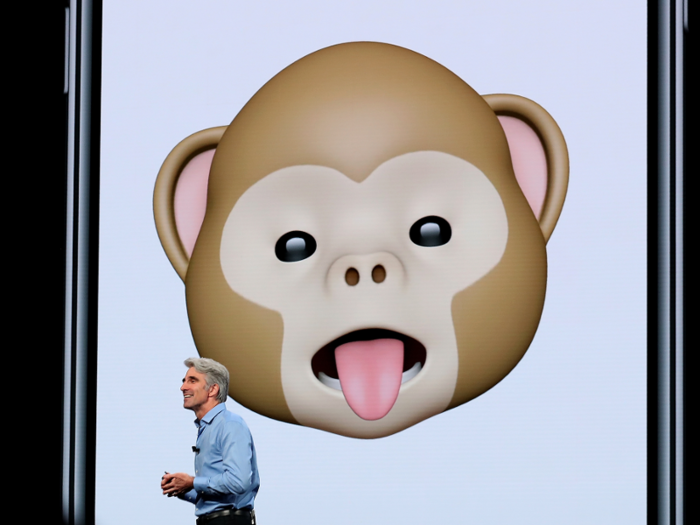
When Apple launched the iPhone X, it included facial recognition technology that allowed users to unlock the phone just by looking at it.
At the end of the presentation senior vice president Philip Schiller showed off another feature: Animoji — animated emojis that could move and speak, potentially changing the way people send messages to each other.
For the $1,000 phone, the animjois were a nice and admittedly a little gimmicky draw. Utilizing over 50 muscles of recognition to map a person's face, the animojis appeared in dozens of animal faces. Apple doubled down on the feature and upgraded it to a "Memoji," allowing users to customize the animoji.
Despite the novelty and the attempt to keep the feature fresh, not everyone has taken to it the way Apple might have hoped. Right after they were announced, TechCrunch decried the feature and pointed out numerous issues with it, including the need to listen to messages rather than read them. Others, like Slate, were quick to latch onto the dangers of putting facial recognition tech into the public, especially as a fad to spread it faster.
Perhaps the most telling sign the feature hasn't taken off yet is that two years on, people are still publishing articles asking "what are animoji?"
Back when everyone had an iPod, Apple's iPod Hi-Fi speaker system was way too expensive to catch on.
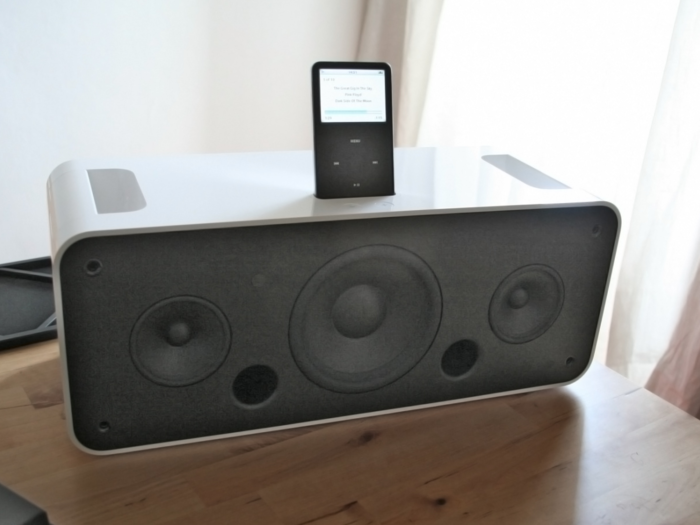
While Apple doesn't usually cancel hardware after announcing it, it can often shut down production very quickly. In 2006, the iPod was the undisputed king of music players — Apple saw an entire ecosystem of related products pop up as everyone tried to take advantage of the fact that virtually everyone owned an iPod.
In 2007, Apple sold its 100 millionth unit after only six years of production. Naturally, Apple wanted to capitalize on the popularity and released its own accessory, the iPod Hi-Fi — a speaker dock that would provide the best sound quality for users. The iPod only needed to be slotted onto the top of the speaker.
As sensible and obvious as a speaker system for the iPod was, the Hi-Fi was cancelled a year after launch. The speakers worked fine, but the price point was frankly absurd.
At $350 a unit, the speakers might have been cheaper than other systems at the time — especially considering the ease of use — but that made the speakers more expensive than the iPod itself, which was retailing at only $300.
Apple tried to enter gaming with the Pippin console, but users weren't willing to play along.
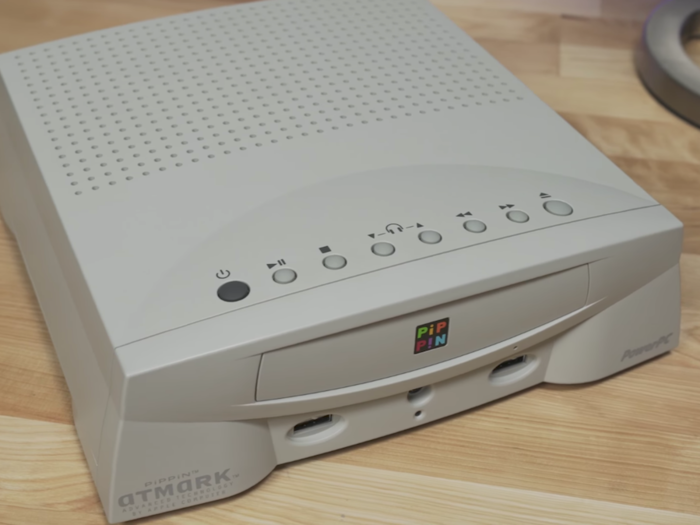
An early example of Apple innovation and ambition, the Pippin was a gaming platform that Apple developed in the mid-1990s. The system would feature online play, becoming the first console to utilize the internet to enhance the gaming experience. One of its most hyped games, Super Marathon, was developed by Bungie, the makers of Halo.
The console was licensed to third-party developers, which would help spread the Mac OS into more households on more products. Bandai was the main developer of the console.
As another forerunner to Apple's later policies and practices, the Pippin hit the market way over the pricing point that was acceptable at the time — $599 compared to the $299 PlayStation and the $199 Nintendo 64.
The console sold only 42,000 units. The license approach also did not sit well with Steve Jobs, who returned to the company in 1997 and immediately shut down the project to bring all Mac production in-house again.
The Newton attempted to add a more personal touch to technology, but it suffered from delays and bugs.
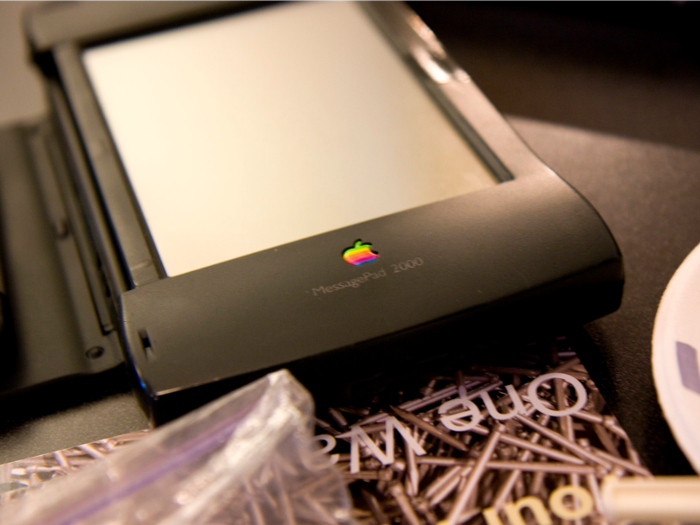
Before everyone carried smartphones, a lot of people carried Personal Digital Assistants. Perhaps unsurprisingly for most Apple fans, Apple originated the term PDA when it released the Apple Newton MessagePad in 1992.
The Newton was forward-thinking. In addition to the usual schedule management and contact lists, it included the ability to send a fax from wherever you were, which was earth-shattering in the early 90s. The most distinctive feature was the signature recognition, which allowed users to write or draw on the screen with a stylus. Every feature of the MessagePad was forward-thinking.
The price was as ambitious as the device itself: The MessagePad started at $699, which would translate to over $1,200 today. People might have suffered the price if not for the thousands of bugs the device suffered — so many bugs that Apple delayed the device three times. While later models made small improvement on these issues, the Newton line of devices was one of the products Jobs cancelled upon his return to Apple in the late '90s.
Meanwhile, the Apple III was meant to take a more business-minded approach, but it couldn't keep pace.
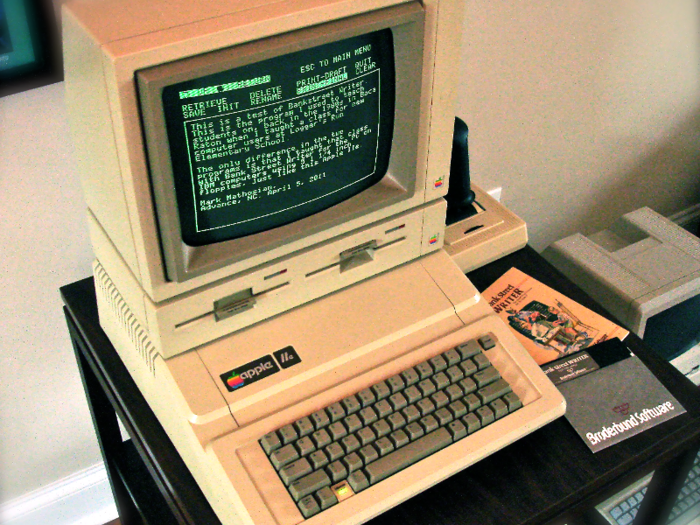
After the success of the Apple II, Apple entered the '80s with a plan to dominate offices the way it already dominated homes. The machine attempted to meet the various demands of the business world, such as typewriter-style keyboards that allowed for variance between upper and lowercase font (a feature missing from the original line of Apple II) and expanded screen display (80 columns). The III was the first computer that Steve Wozniak didn't design. Instead, the III was designed by committee between Apple's engineering and marketing departments.
As with most designs by committee, it shouldn't be surprising that the III suffered a number of problems. A stability issue forced Apple to recall the first 14,000 units produced and sold. Another issue was that Jobs was so annoyed by the noise the cooling fans made that he refused to include any fans or vents, and the III would severely overheat. Despite attempts to deal with these and other issues that arose, the Apple III was discontinued in 1984.
Apple intended for the Lisa to lead a revolution in home PC units, but internal disagreements led to the Macintosh undermining any possible success.
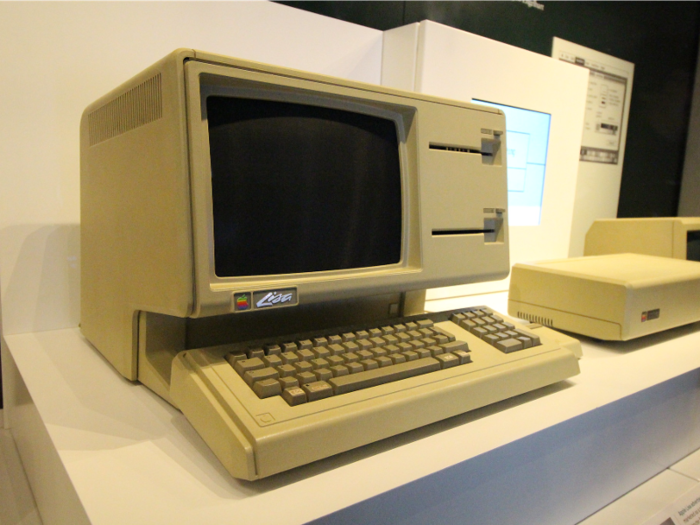
The Apple III wasn't the only attempt to replace the Apple II: the LISA (which stood for Local Integrated Software Architecture) started development in the late-80s and attempted to take the computer in a different direction. Most notably, it introduced a graphical interface, which Steve Jobs saw as the future of every computer to come. The Lisa developed several programs in the Lisa Office that would be considered staples in the modern day, such as LisaWrite and LisaGraph, as well as programming tools in the Lisa Workshop. It also included a mouse, which was rare for computers at that point.
Despite such vision and innovation, the Lisa suffered from three major missteps: the first was the price point, set at $10,000; the second was to use an exclusive file system, known as Twiggy, which was inefficient and too large at 5.25 inches; and, lastly, they kicked Steve Jobs off the project when the computer managed to sell only a few thousand models in the first year.
If Jobs hadn't left the Lisa team, though, he might not have taken all the innovative ideas and put them into another device that was truly groundbreaking: the Macintosh.
Apple's Performa series was meant to reach new heights, but it kept stumbling and fell flat on its face.
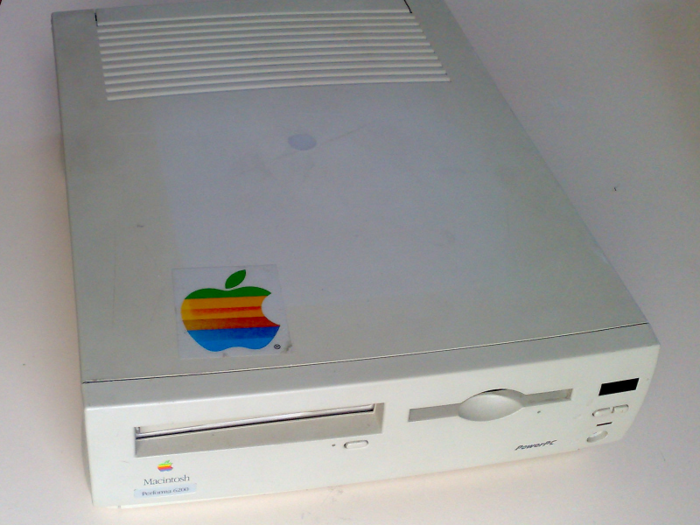
The Performa series was riddled with problems from the start. Apple produced around 70 models of the Performa series, with only processing speeds to differentiate between most models. The x200 was sold on the promise of faster speeds, CD-ROM compatibility, and the ability to connect to the internet. The Performa was taken into classrooms as the future of educational computing, allowing students to use new programs and software.
The problem that no one quite realized was that the processing really only worked for low-duty tasks such as word processing or using CD-ROMs. When attempting to connect to the internet or another computer on a shared network, the Performa would hiccup and stutter, missing out letters while typing in web-addresses. The problems the Performa faced would start and perpetuate the idea that Macs were not as stable or fast as other PCs, which plagued Macs for over a decade. The Performa needed to rely on additional accessories to make up for its issues, which made the device even more expensive to use.
The Power Mac G4 Cube was meant to crack the home market, but it only managed to crack its own casing.
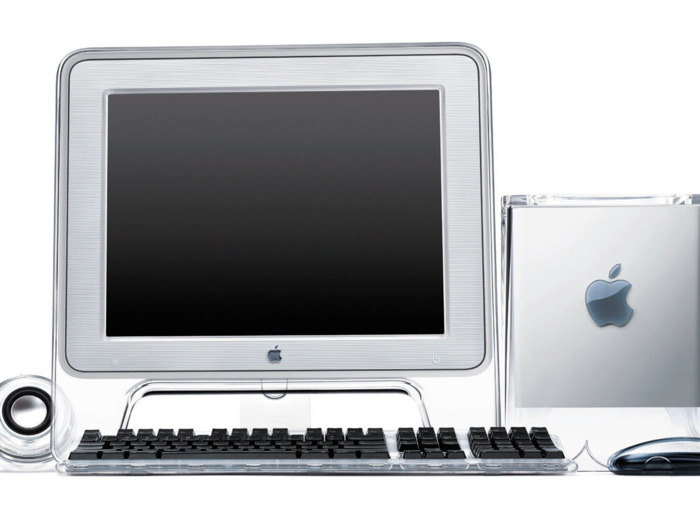
When looking at the G4 Cube, it's easy to see a lot of the problems that Apple has been accused of over time, particularly the emphasis of design over performance. The design was elegant and ahead of its time. The Mini Mac could be seen as a spiritual successor — so much so that after the release of the Mini, people tried to make it look like the G4 Cube.
The Mini didn't suffer from the kind of problems that the Cube did, most notably the numerous cables that were clearly visible and therefore reduced the elegance of the design. The most notorious issue the Cube faced was how delicate it was: The case often suffered from hairline cracks. Apple stated that the cracks were a byproduct of the manufacturing process.
Apple released the PowerBook 5300 to create a better laptop, but it didn't take over the computer world as hoped.
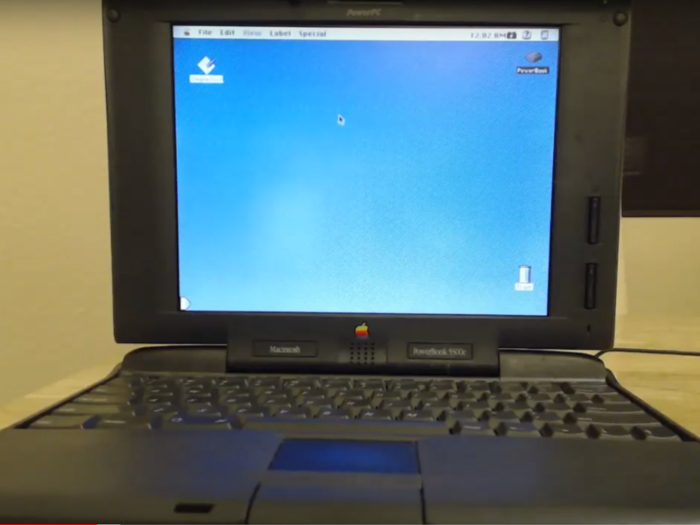
The PowerBook was meant to be a leap forward for portable computers. While starting at an already considerable processing power of 64 MB of RAM already installed (which is more powerful than a lot of laptops on the market today), and it had ports for expansion to include floppy or zip drives, making the PowerBook a fairly versatile device.
The PowerBook also enjoyed one of the most impressive marketing pushes of any laptop device, showing up in a number of hit movies in the 90s, including "Liar, Liar," "My Best Friend's Wedding," and, most famously, "Independence Day."
Despite the publicity and the nice hardware, the PowerBook suffered from two significant issues. The first, and more minor issue, is that the cheapest model — the one most attractive to consumers — was not as fast, since Apple dropped additional cache to drop the price an additional $200. Worse, the batteries had a habit of catching on fire, forcing Apple to issue a recall on the device.
Apple did not comment when reached by Business Insider.
Popular Right Now
Popular Keywords
Advertisement